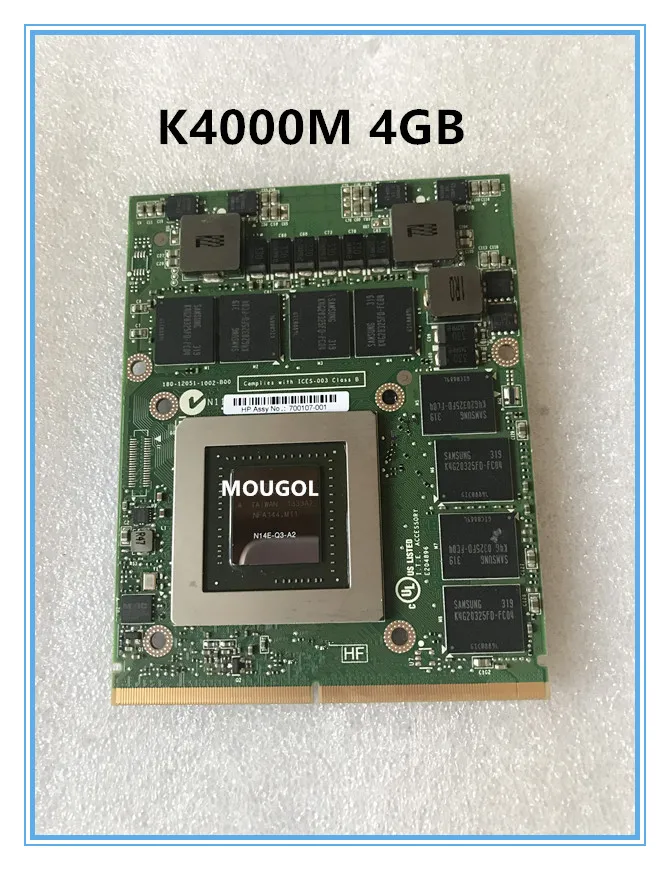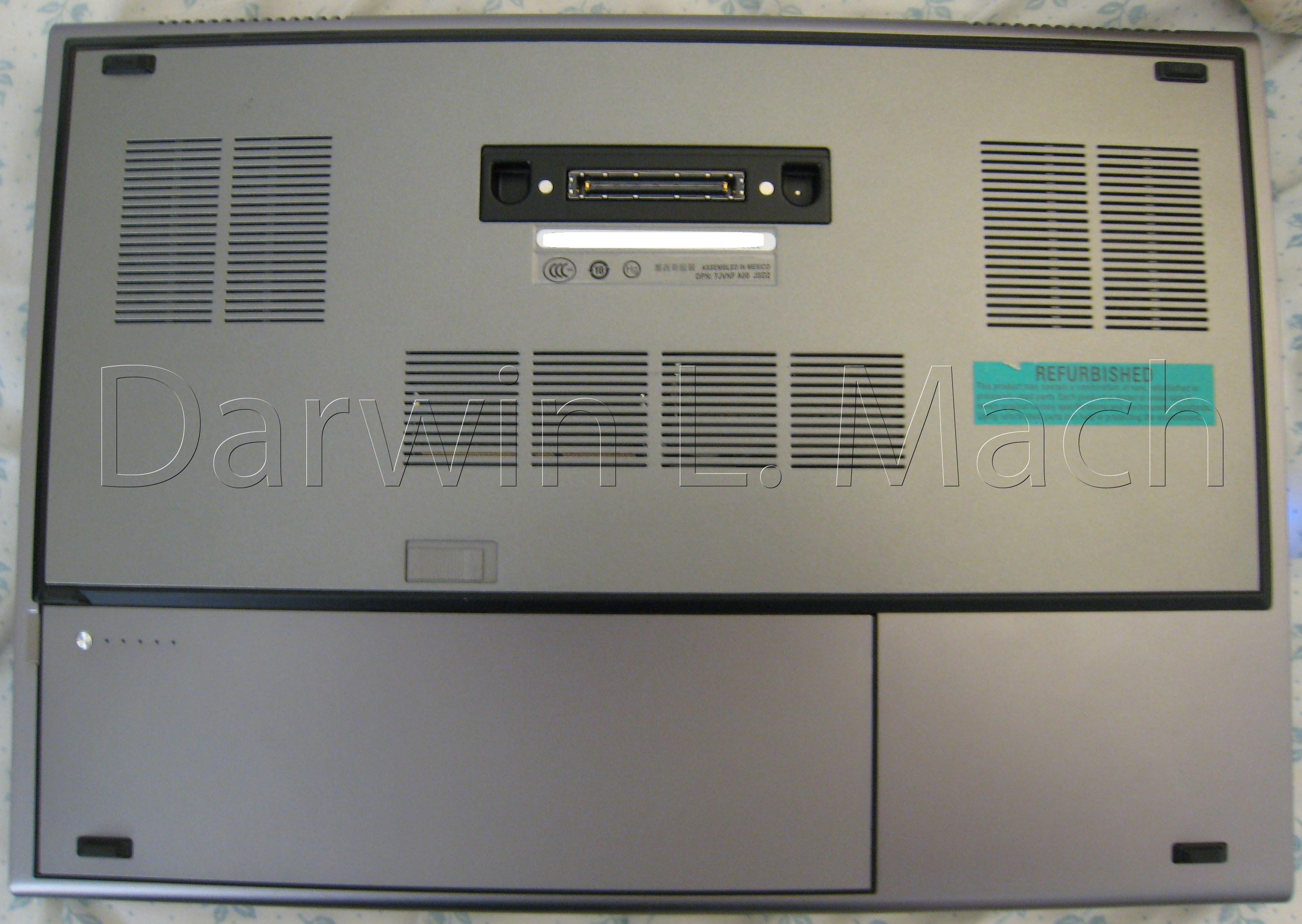

- #Bad direct sound drivers m6700 upgrade#
- #Bad direct sound drivers m6700 windows 10#
- #Bad direct sound drivers m6700 software#
#Bad direct sound drivers m6700 windows 10#
Windows 10 IoT Enterprise LTSC is licensed to OEMs that sell fixed-function devices (POS terminals, ATMs, etc.).īoth types of licenses can be found through resellers.
#Bad direct sound drivers m6700 software#
If your business has a software licensing agreement with Microsoft, then you can probably get a license through there. Windows 10 Enterprise LTSC can be obtained via a Microsoft volume licensing agreement.
#Bad direct sound drivers m6700 upgrade#
On the possible positive side, you will never be pressured by Windows alerts to upgrade to a newer version. To upgrade to a newer version, you will need to obtain a new license for that version.


Unlike ordinary Windows 10/11, Windows LTSC licenses are good only for a particular version of Windows LTSC. You can see the current status for each version on this page (just scroll down). Windows LTSC releases are supported for five years (Enterprise, 2021 and later) or ten years (IoT Enterprise, and Enterprise releases prior to 2021). This means you are expected to be moving forward to the newer versions regularly. Windows 11 releases are supported for 24 months (36 months for Enterprise/Education editions). Ordinary Windows 10 releases were only supported for 18 months (or 30 months for Enterprise/Education editions, for fall releases). They differ in terms of how you obtain a license for them, and in how long they are supported. The two editions are functionally equivalent, and in fact you can switch between the two just by changing the product key. Windows LTSC is currently available in two editions: "Enterprise" and "IoT Enterprise". (Note that even though LTSC 2019 and LTSC 2021 are "named" two years apart, they were released three years apart.) Microsoft is settling into a three-year cycle for LTSC releases, so the next release is due in late 2024, and will probably be based on Windows 11. (Windows Server 2022 was released around the same time as LTSC 2021, but Server 2022 and LTSC 2021 do not share the same binaries.) Late 2021: Windows 10 LTSC 2021, released alongside Windows 10, version 21H2 Late 2018: Windows 10 LTSC 2019, released alongside Windows 10, version 1809 and Windows Server 2019 Mid 2016: Windows 10 LTSB 2016, released alongside Windows 10 "Anniversary Update" (Windows 10, version 1607) and Windows Server 2016 Mid 2015: Windows 10 LTSB 2015, released alongside the original RTM release of Windows 10 (retroactively named "Windows 10, version 1507") There have been four LTSC releases to date: In the end, this comes off as a version of Windows that is a lot like what Windows used to be like, before Windows 10 - basically, unchanging except for bug fixes, until you went out of your way to upgrade to a new version. Some omitted features can be added back if you like (see below). Otherwise, it is a fully functional version of Windows. Monthly updates do not contain new features - for example, the "News and Interests" feature that dropped in Windows 10 in the middle of 2021 did not make it into Windows 10 LTSC. Microsoft Edge was omitted until the 2021 release. (Even the calculator app is replaced with a Win32 version, instead of the UWP version that ships with ordinary Windows 10/11.) Cortana is not included. Windows LTSC omits features that are likely to change over the course of its lifecycle. Since 2016, the schedule has been roughly aligned with Windows Server releases, and Windows LTSC often shares the same base as the corresponding version of Windows Server (same binaries, updates, etc.). Windows LTSC is refreshed only once every three years.

Starting with Windows 11, Microsoft is settling into a once-per-year pattern with feature upgrades. Windows 10 was given a major "feature upgrade" once every six months. It was previously known as LTSB ( long- term service branch). The idea is to maintain feature stability for fixed-function devices. The Windows long- term service channel is a version of Windows that is updated much less often than the general consumer version of Windows. (I have much to say specifically about my problems with Windows 11. I think that this is the way to go for many of us tech type folks, especially for business systems, so I wanted to write up some information about it. I appreciate the long-term feature stability and general lack of monetization "features" that have been plaguing later versions of Windows 10/11. After the disappointment that is Windows 11, I migrated my systems over to Windows 10 Enterprise LTSC.


 0 kommentar(er)
0 kommentar(er)
